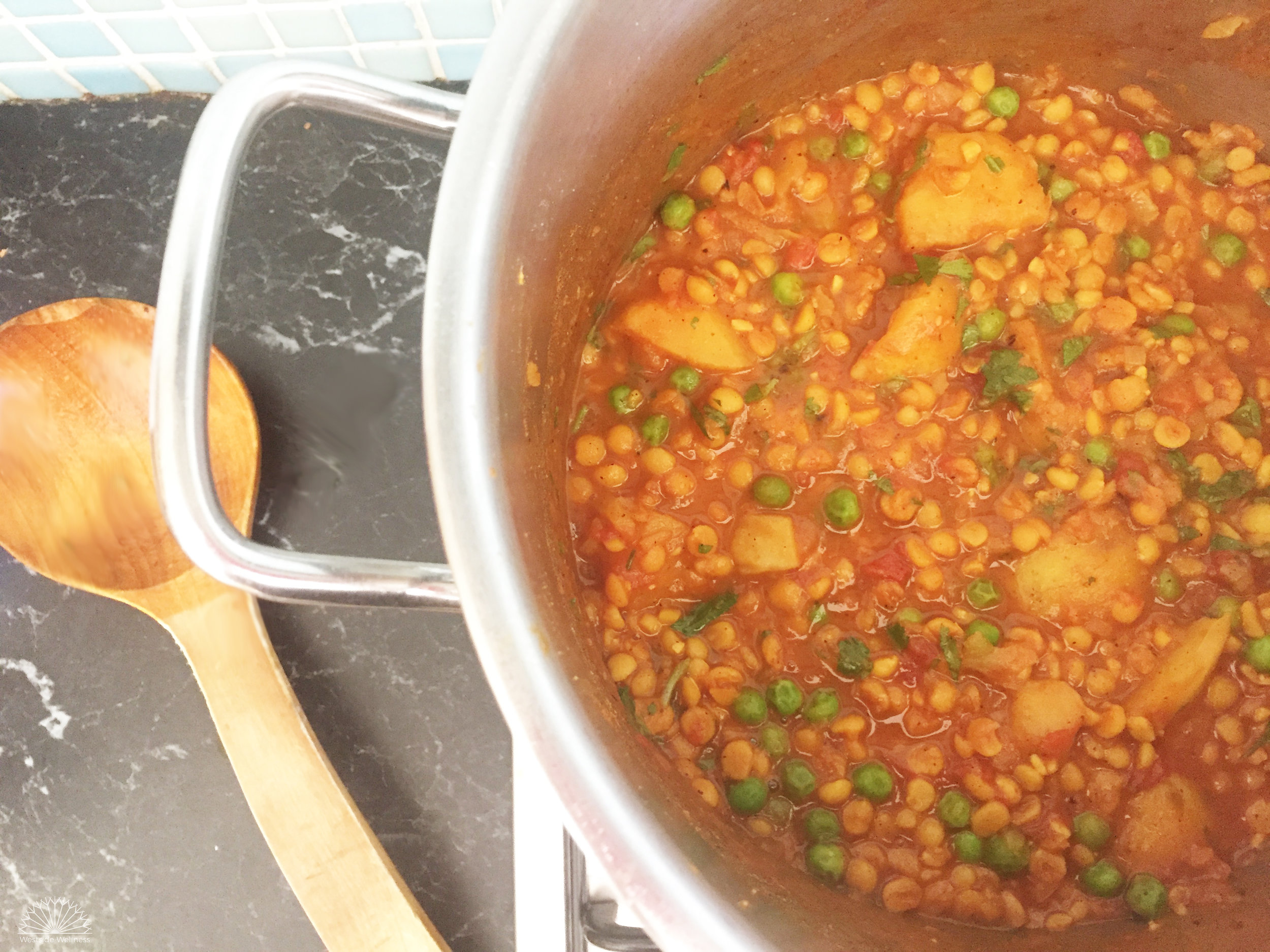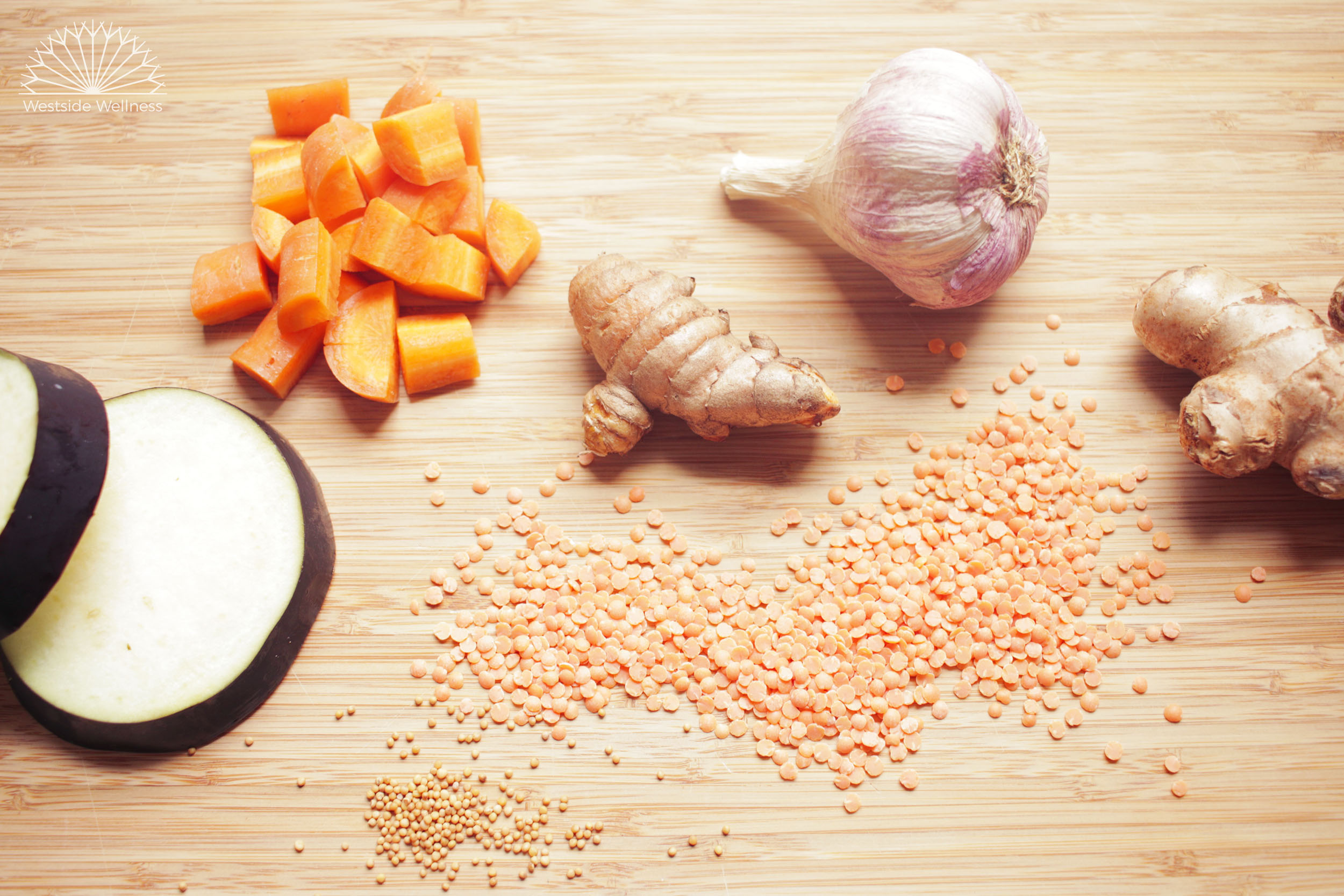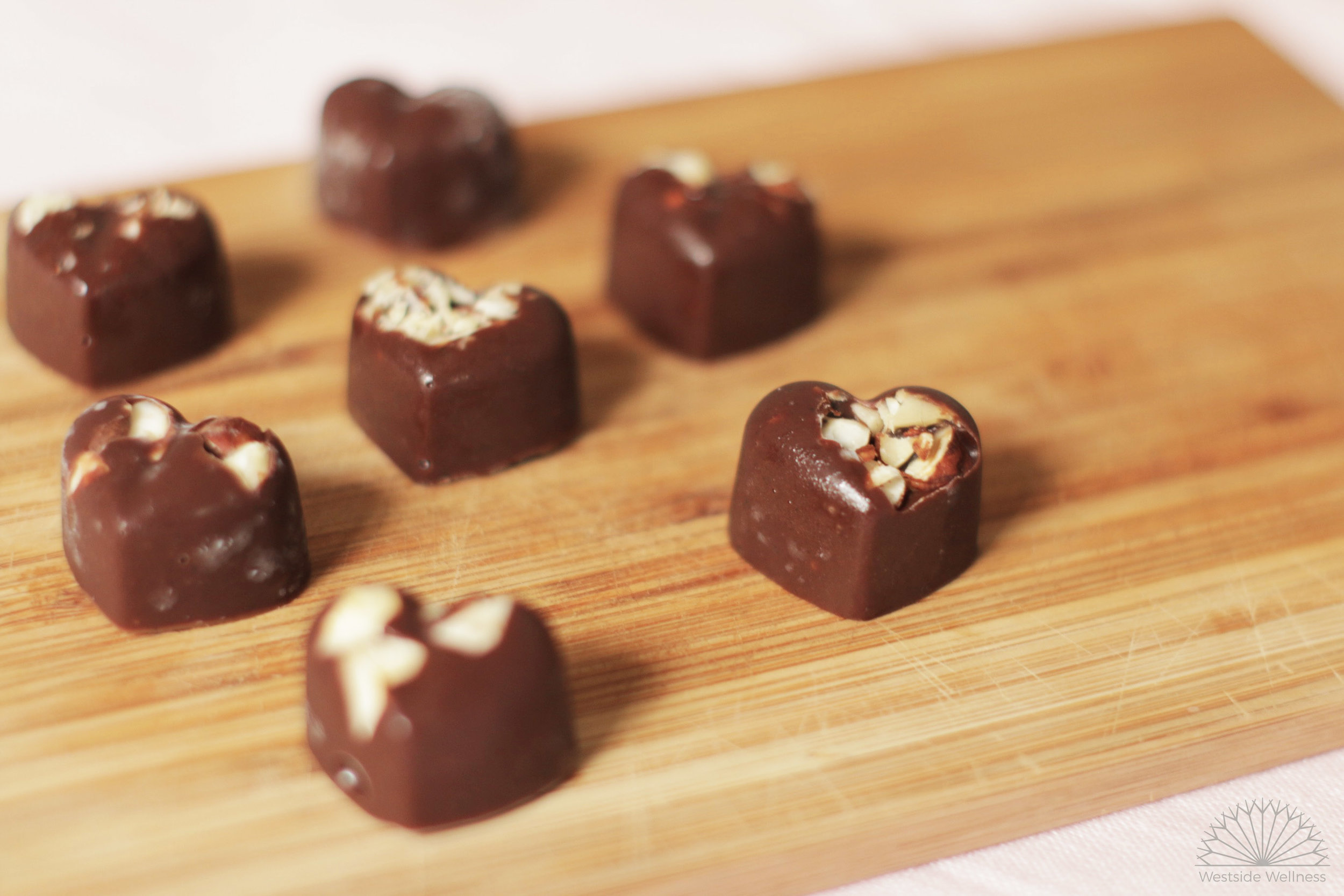I don't know about other families, but my kids will positively rip through a box of organic frozen berries if they're in the freezer so I wanted to come up with an alternative to berries that I could use in desserts and smoothies. I start playing around with stewing apples and beetroot with citrus juice in order to create a faux berry flavour and it worked!
I do love a good hidden veggies recipe, and if its a sweet one too than it makes me even happier. Beetroot have exceptionally good nutritional value, and are a great source of fibre, folate, manganese, iron, potassium and vitamin C, as well as potent antioxidants. They are also naturally sweet so a addition to sweet treats to help lower the added sugar.
Although this recipe is gluten and dairy free, you can sub the flours and milk for any that you like. Swap the nuts for sunflower seeds if it needs to be nut free, or omit altogether. Although cooking the apple and beetroot is a bit time consuming, you actually make enough for two cakes so you can freeze the other half for another time.
This teacake goes so well with a cup of tea on a lazy Saturday afternoon, however if you're a parent to young kiddos like myself, its realistically best eaten with one hand and a lukewarm cuppa in the other! Great for playdates and birthday parties too!
Enjoy! Renee x
Serves 8-10
Prep time: 15 mins
Total cooking time: 55 mins
INGREDIENTS
Not so berry mix:
2 apples, peeled, cored and chopped into 1 cm cubes
1 1/2 medium beetroot, peeled and chopped into 1 cm cubes
juice of 1 lemon (you will need to keep the zest)
juice of 1 orange (you will need to keep the zest)
Crumb mix:
1 tbs coconut sugar
zest from above 1 lemon
1/4 cup almonds/pistachios/pecans
Cake mix:
1 1/4 cup plant based milk (rice, soy, nutmilk etc)
2 tbs apple cider vinegar (ACV)
1/2 cup coconut sugar
1/3 cup coconut oil
2 tsp vanilla extract/essence
2 cups flour= 1 1/2 cup brown rice flour + 1/4 cup arrowroot/tapioca flour + 1/4 cup besan (chickpea flour)
1/2 tsp baking soda (bicarb)
1 1/2 tsp baking powder
1/2 tsp cinnamon
1/4 tsp salt
zest from above orange
METHOD
- Preheat oven to 180 degrees Celcius. Grease cake tin (I use a springform tin) and set aside.
- Place the apple, beetroot, lemon and orange juice in a small pan, cover with water and bring to the boil. Reduce the heat and cover with 3/4 with a lid. Cook for 20-25 mins until soft. Ensure that there is enough water at all times otherwise it will stick and burn.
- Pour off any excess water, puree and set aside. You will only be using half for this cake, the other half can be frozen for future cakes.
- While the beetroot and apple is cooking, combine the coconut sugar, lemon zest and nuts in a food processor until roughly chopped and set aside.
- Add the ACV to the milk and set aside.
- Cream together the coconut sugar, coconut oil and vanilla essence.
- Add the flours, baking powder and soda, salt, orange zest, and cinnamon and combine well. Pour in the milk + ACV mix and combine until smooth, ensuring there are no lumps.
- Pour batter into cake mix, giving a bang to get out any air bubbles. Gently add half the apple beetroot puree (freeze the other half for another cake), distributing it throughout the cake mix.
- Sprinkle the crumble on top of the cake, distributing it evenly.
- Cover the cake with foil, place in the oven and bake for 20 minutes. Remove the foil and bake for a further 10 minutes until a skewer comes out clean. Gluten free cakes can become quite dry if over baked, so ensure it isn't left in the oven for too long.
- Once cooked, remove from oven and allow to cool before serving.










































